Are old push button light switches safe in modern homes? This post looks at basic safety, clear signs that a switch needs replacing, and simple steps to make a safe update. Readers get a no-nonsense guide to fixing electrical issues, keeping homes risk-free, and enjoying modern upgrades that work better. It’s all about making smart choices without any hassle.
Old Push Button Light Switches and Their Safety
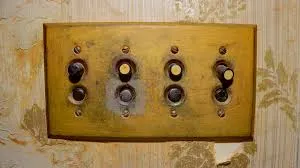
Old push button switches show off a unique design with sturdy metal parts only handling electricity. They sometimes struggle with electrical load issues and don’t always match the national electrical code. Plus, these switches can differ from newer light fixture setups, hinting at common issues that spark extra questions about their safety today.
The Design and Functionality of Old Push Button Light Switches
Old push button light switches show off a simple yet sturdy design built with metal parts that get the job done, even if they don’t always line up with modern manufacturing methods; an experienced electrician might grab their pliers to check a worn fuse or watch out for a hint of smoke when these switches face heavy loads:
Common Issues Associated With Old Push Button Light Switches
Old push button switches sometimes mess with the flow of electrons in a home electrical system, causing stress on outdated electrical wiring. Regular maintenance and careful checks by a seasoned pro can keep the setup safe and running, even when the old switch design shows its age.
How Old Switches Compare to Modern Electrical Standards
Old push button switches often struggle with energy flow and alternating current regulation compared to modern systems, resulting in uneven brightness and potential safety concerns; the wire gauge these models use frequently falls short, urging a clear look at the differences:
Signs That Indicate It’s Time to Replace
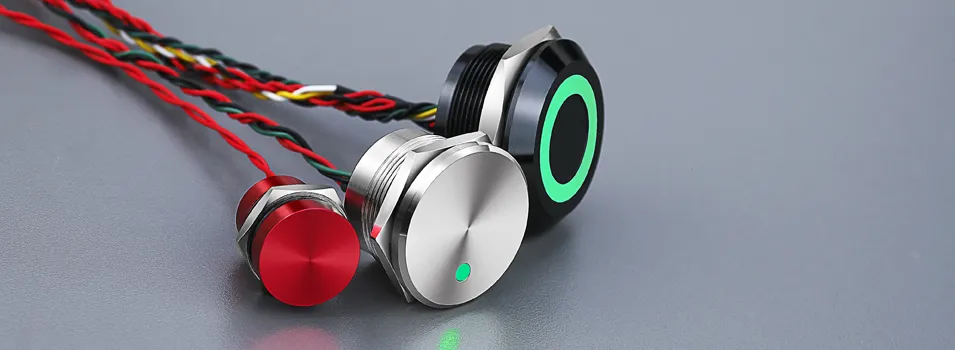
Worn electrical cables, frail home wiring, or even leakage near a clothes dryer and plumbing are clear signs of wear. Old switches may hide safety hazards and raise compliance questions. Checking these details gives experts practical insights on when replacement becomes necessary.
Recognizing Wear and Tear on Old Switches
Old switches may start showing clear signs of aging, such as worn fuses and a loose screw terminal that fails to hold up under extra heat, something professionals point out when advising on home automation setups. Experts offer simple tips, advising folks to check these components regularly to avoid costly surprises down the road.
Identifying Safety Hazards Linked to Outdated Switches
Old push button switches can cause issues with cables and pose a risk to fire safety by creating conditions that may lead to a short circuit, forcing an electrical service panel to work overtime. Experts note that aging switches signal that the electrical network might not be ready for modern demands, prompting a check-up to keep everything running smoothly.
Evaluating Your Home’s Electrical System for Compliance
When professionals inspect a home’s electrical system, they check every detail—from the wiring and light switch mechanics to every tiny screw—to ensure there’s no hidden risk of an arc fault. A simple advertisement for an upgrade might seem trivial, but it signals that modern compliance standards deserve attention to keep the household safely powered.
Steps for Replacing a Push Button Light Switch Safely
They start by gathering tools like copper and brass bits, checking switch wiring, and setting aside key safety gear. Power gets turned off, and even furniture gets tidied up before work begins. The quick guide shows each step, letting experts skip to content that details a safe, clear way to swap out an old push button switch.
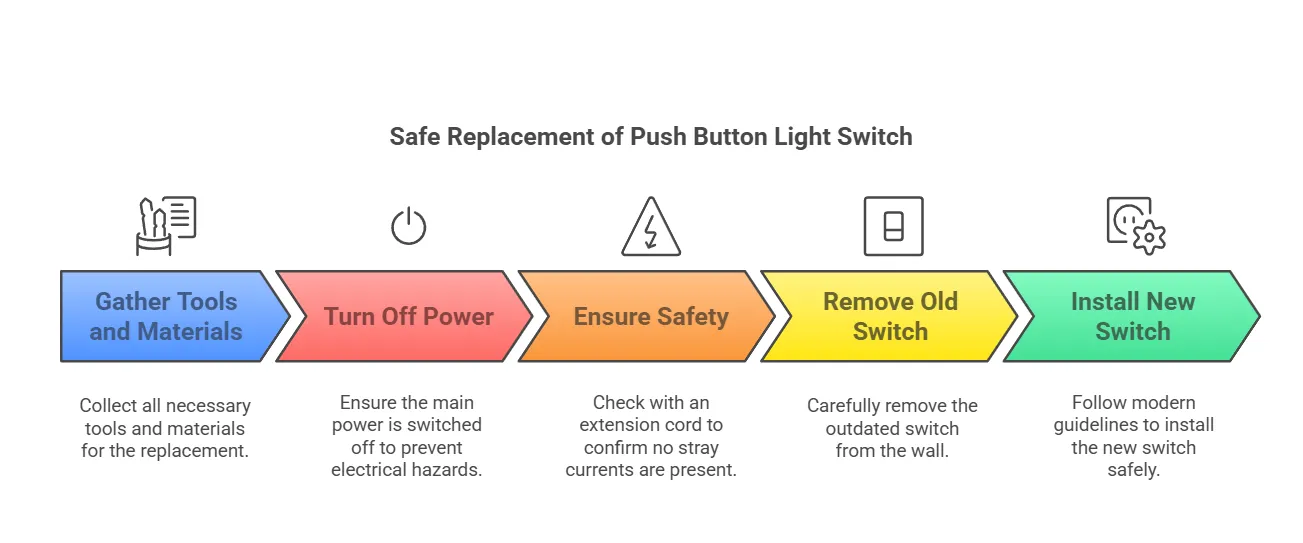
Gathering Necessary Tools and Materials for Replacement
The expert advises collecting all the needed gear before any work begins, which helps steer clear of sudden power outage issues. They stress that every tool, including what’s used for maintaining proper ceiling connections and checking wires that meet american wire gauge standards, plays a role in electrical safety. Each button and part set the stage for a smooth, straightforward switch upgrade that keeps everything in check.
Turning Off Power and Ensuring Safety Before Replacement
The expert stresses that before any renovation effort, the main power must be switched off to stop even a single watt from powering an electrical device during work. A careful check with an extension cord ensures no stray currents lurk, keeping everything safe—even during moments of severe weather that might otherwise stir up trouble.
Step-by-Step Instructions for Replacing an Old Switch
The pro starts by switching off the power and double-checking with a tester before removing the outdated switch from the wall. When working in a bathroom or any other spot, they carefully note that even a slight electrical fault can be risky, so they use modern technology to guide each step, ensuring a smooth swap that meets today’s demands. Simple moves and solid know-how keep the replacement clear and safe for everyone.
Assessing Home Electrical Safety With Old Switches

Electrical safety matters big time. Experts check old switches with modern lighting rules, inspecting surge protector setups, verifying a solid ground, and testing sensor responses with a trusty screwdriver. They focus on inspections, standards, and hiring pros to nail every detail, keeping your home safe and up to code.
Importance of Electrical Safety Inspections
Regular electrical safety inspections by pros are key when a home still rocks an old push button light switch; each check covers everything from the breaker to even a bit of paint chipping that signals wear, helping catch hazards before they lead to bigger issues. This hands-on review gives homeowners peace of mind knowing that every connection is properly safeguarded.
Key Safety Standards for Residential Electrical Systems
Modern homes depend on clear safety standards that cover every nook—from a window’s soft light to a ceiling fan’s steady spin—ensuring that even older switches don’t compromise security. Experts use a reliable tool to check wiring and share simple electrical safety tips, keeping the entire system robust and safe for everyday living.
Hiring a Professional for Thorough Electrical Assessments
A certified technician reviews every switch in the system, from areas near building insulation to spots by circuit breakers, to ensure the setup supports even heavy-duty devices like the refrigerator. This hands-on check offers real insights that help keep modern homes safe while addressing common concerns with aging electrical gear.
Benefits of Upgrading to Modern Light Switches
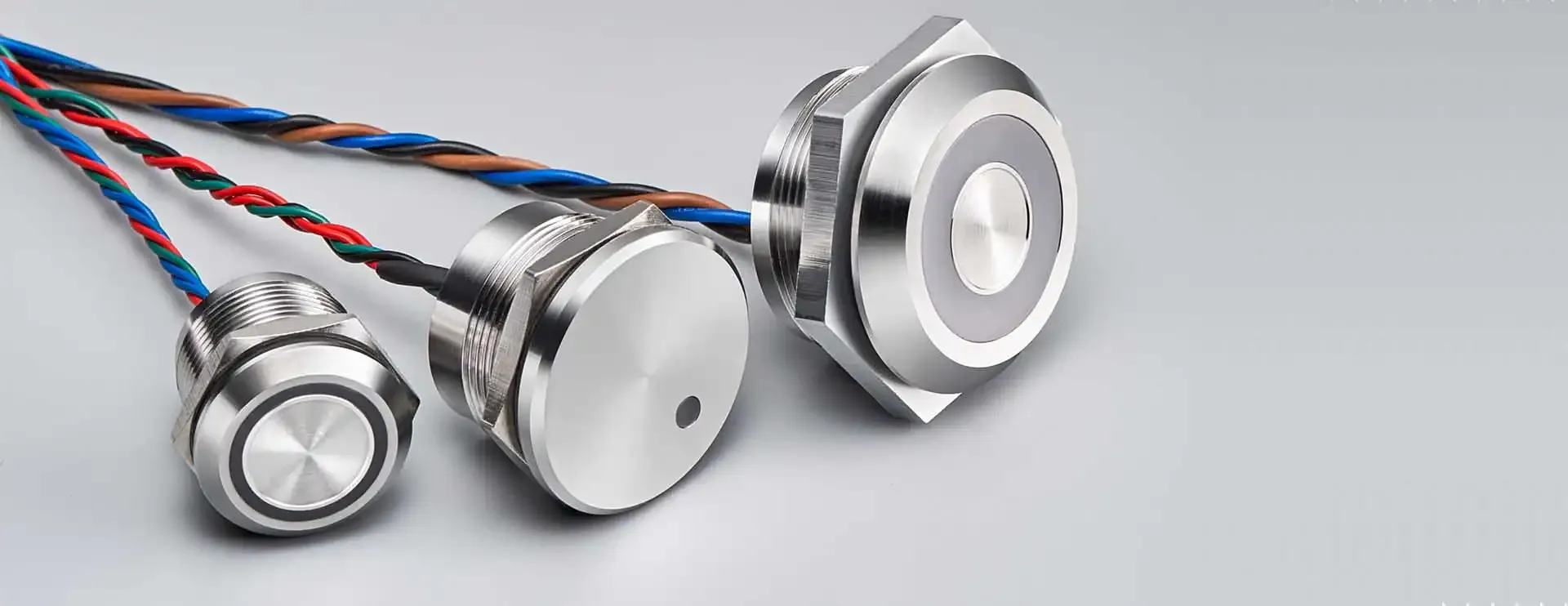
Modern light switches offer smart safety upgrades that lower risk during an emergency, in the kitchen, or near a floor light. New tech makes them energy-smart and a breeze to use. The next sections cover safety tweaks, energy wins, and user-friendly options that fit today’s needs.
Enhancing Safety Features With Modern Designs
Modern designs boost home electrical safety by reworking wiring solutions and integrating water-resistant features that handle everyday challenges. Experts share handy ideas, like using a reliable stripper for tidy wire ends, to ensure the upgrade offers clear benefits over old push button systems.
Improved Energy Efficiency With New Switch Technology
Modern switches ramp up energy use performance by fine-tuning the volt to deliver exactly what your electrical setup needs, ensuring your toaster and home electrical wiring both run cool. Experts say better insulation around the wiring helps control energy loss, making the boost in efficiency feel like a smart, low-hassle upgrade that tackles old switch issues head-on.
User-Friendly Options Available in Modern Switch Designs
Modern switch designs bring that ease of use everyone needs. They feature easy-to-adjust dimmers and smart layouts, passing tests at a nationally recognized testing laboratory to ensure reliable electrical work. Plus, with user-friendly cords and even a built-in wire stripper option, updating from old push button switches becomes a quicker fix than expected.
Resources for Further Information on Electrical Safety
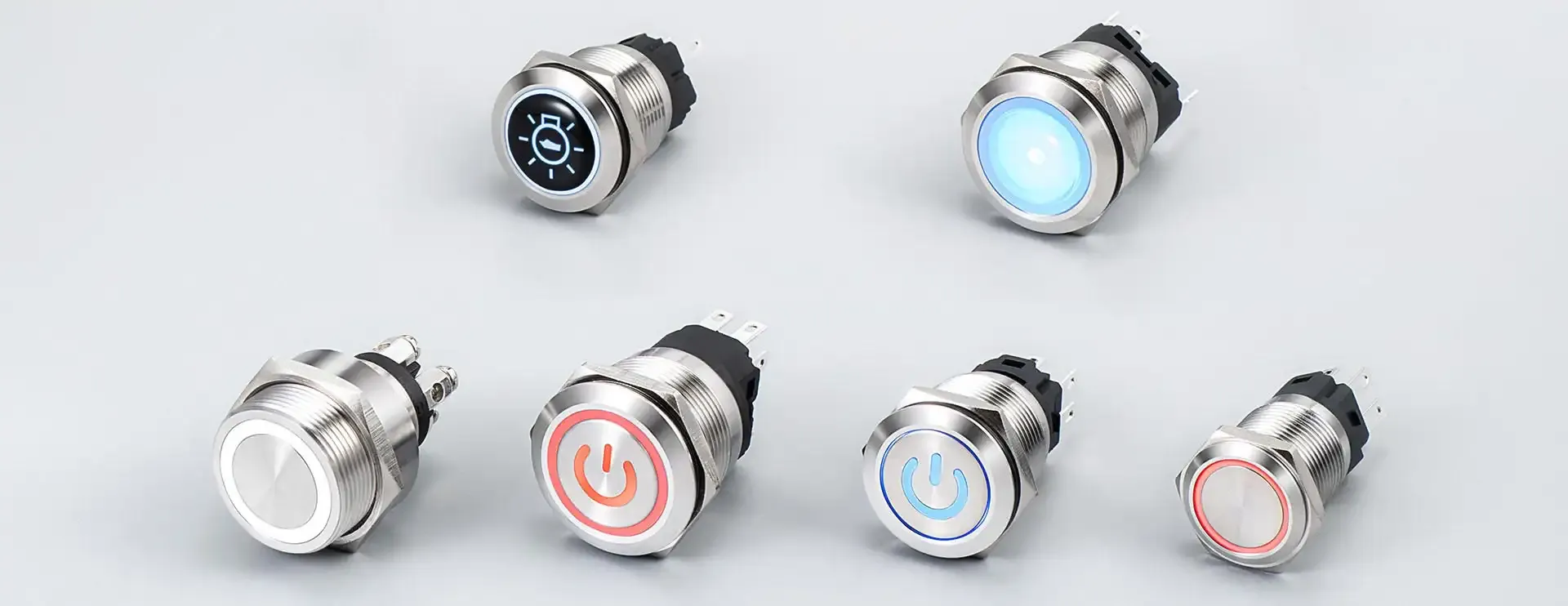
Looking for expert electricians to inspect and replace outdated switches? This section covers where pros set guidelines using national fire protection association and UL standards, shares online DIY safety tips for solar power setups, and explains how to contact them for secure, modern solutions.
Where to Find Professional Electricians for Inspections and Replacements
Professional electricians hold the key to a sturdy electrical safety foundation—experts who check everything from erratic power cord fittings to aging switches that might affect a home appliance. Their practical advice, often circulated via a newsletter, proves crucial for home improvement projects and ensures safe replacements for outdated systems:
Recommended Guidelines for Home Electrical Safety
Experts suggest regular checks on the circuit breaker and every electrical circuits, especially in the basement where old wires often hide surprises. A trusted network of electricians can spot any issues early so homeowners feel secure knowing their setup meets modern safety needs.
Online Resources for DIY Electrical Projects and Safety Tips
Online sources offer plenty of clear, no-nonsense advice for anyone looking to get hands-on with DIY electrical projects and safety tips. Experts point out that these guides cover everything from basic automation to handling appliances like air conditioning units and using the right power tool, making projects for a room both safe and achievable:
Push Button Light Switches | FAQs
Are old push button light switches safe in modern homes?
Old push button light switches can be safe if thoroughly checked. Experts stress a proper evaluation for updated wiring and parts to meet current use. A good inspection keeps everything running securely in modern homes.
Which signs suggest a switch must be replaced?
Push button switches can become sticky or unresponsive. A burning smell, odd sounds, or visible wear like cracks in the casing may signal that replacement is needed.
How can one replace a push button switch safely?
Always cut power first and confirm it’s off. Remove the old push button switch, note wire positions, and install the new switch carefully, matching wires correctly. Check wiring with a voltage tester before restoring power.
Can old switches risk home electrical safety?
Old switches can risk home electrical safety if their components are outdated or damaged, which may lead to shorts or sparks. Upgrading to modern models can help keep your setup reliable and secure.
What benefits come with modern light switch upgrades?
Modern light switch upgrades offer energy savings, improved durability, and faster response times. They simplify installation and boost control, turning ordinary rooms into smart, user-friendly spaces that suit bulk customization for push button switch manufacturing.
Are Old Push Button Light Switches Still Compliant With Current Codes?
Old push button light switches might look cool and sturdy, but many don’t cut it against today’s voltage demands and can put pipe connections at risk. Experts say these units often fall short of current safety codes, urging a quick check-up if they still power your place. A smart move is to upgrade to modern designs that reliably fit modern standards and keep things running smooth.
What Are the Risks of Leaving Old Switches in Use?
Keeping old push button switches in a modern home isn’t a good idea; the outdated parts might misbehave under today’s power demands. They could overheat or even trip a short circuit, leaving the electrical system as frazzled as a stressed-out performer. An experienced electrician would point out that swapping these out for modern models is a straightforward move toward a safer, more reliable home setup.
How Can I Tell if My Push Button Switch Is Defective?
The expert points out that a push button switch might be defective if it doesn’t click properly, feels loose, or causes the light to flicker oddly; these issues signal that the old setup may not handle modern loads. Indicators like a faulty switch mechanism, unpredictable light output, and warming contact points serve as a wake-up call:
 EN
EN
